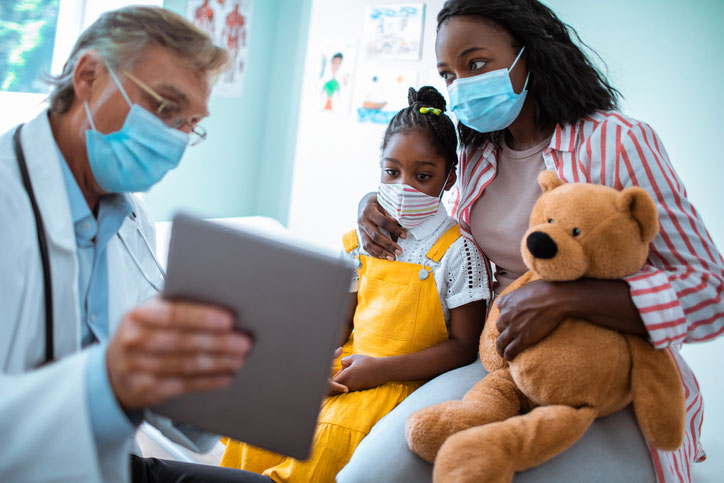 What is Relapsed/Refractory Neuroblastoma?
What is Relapsed/Refractory Neuroblastoma?What is Relapsed/Refractory Neuroblastoma?
Research has led to great strides in neuroblastoma survival. However, roughly 10% to 15% of children with high-risk neuroblastoma do not respond to initial treatment (refractory). In addition, about 40% to 50% of children with neuroblastoma have cancer that returns after treatment (relapse).
Learning that your child’s neuroblastoma is relapsed or refractory may bring about strong emotions such as disbelief, betrayal, or sorrow. It is important to acknowledge these feelings and talk to your child’s oncologist about the best treatment options for your child.
Understanding Relapsed/Refractory Neuroblastoma
Hear from a pediatric oncologist and nurse practitioner as they discuss treatment and hope during this phase of your child’s journey.
Treatment for relapsed/refractory high-risk neuroblastoma
Your child’s treatment for relapsed or refractory high-risk neuroblastoma will be very personalized. The therapies they will receive depend on multiple factors, including:
- Previous neuroblastoma treatment
- Length of time since the last treatment
- How much the neuroblastoma has spread
 Treatment for relapsed/refractory high-risk neuroblastoma
Treatment for relapsed/refractory high-risk neuroblastomaTherapies for relapsed/refractory high-risk neuroblastoma
Often, relapsed neuroblastoma in children with high-risk disease is harder to treat. Your child’s oncologist may recommend an investigational therapy being tested as part of a clinical trial. To search for clinical trials, go to our Resources & Support page where you can find a link to a helpful clinical trial search tool.
Your child’s oncologist will select a treatment based on your child’s individual circumstances. Relapsed or refractory therapies may include:
Additional relapsed/refractory therapies
Neuroblastoma survival has improved over the years. Researchers continue to work hard to improve survival and decrease long-term side effects compared to the currently available neuroblastoma treatments. They are able to do this by testing innovative new treatments through clinical trials. MIBG therapy is one of the innovative new treatments used in clinical trials for children with relapsed/refractory neuroblastoma.
MIBG may also be used by your child’s healthcare team to scan the body for neuroblastoma tumors. The MIBG scan uses a different type of radioactive iodine and is given at a much lower dose.
What is MIBG therapy?
- MIBG is a substance that is combined with a radioactive iodine (I-131)
- When a child receives MIBG treatment, the I-131 MIBG delivers targeted radiation therapy to tumor cells through an IV
- The radiation is used to destroy cancer cells, while sparing normal, healthy cells
- The dose is much higher than when a child receives an MIBG scan
How is MIBG therapy given?
MIBG therapy requires a hospital stay in a special lead-lined room because of the high level of radiation used. Your child will stay in the special room until the radiation has reached a safe level. Most children feel well during MIBG therapy; however, they must stay in their room to minimize radiation exposure to other people.
Only select hospitals across the country are set up with these special rooms for MIBG therapy. If MIBG therapy is an option for your child, the hospital will work very closely with your family and provide detailed education.